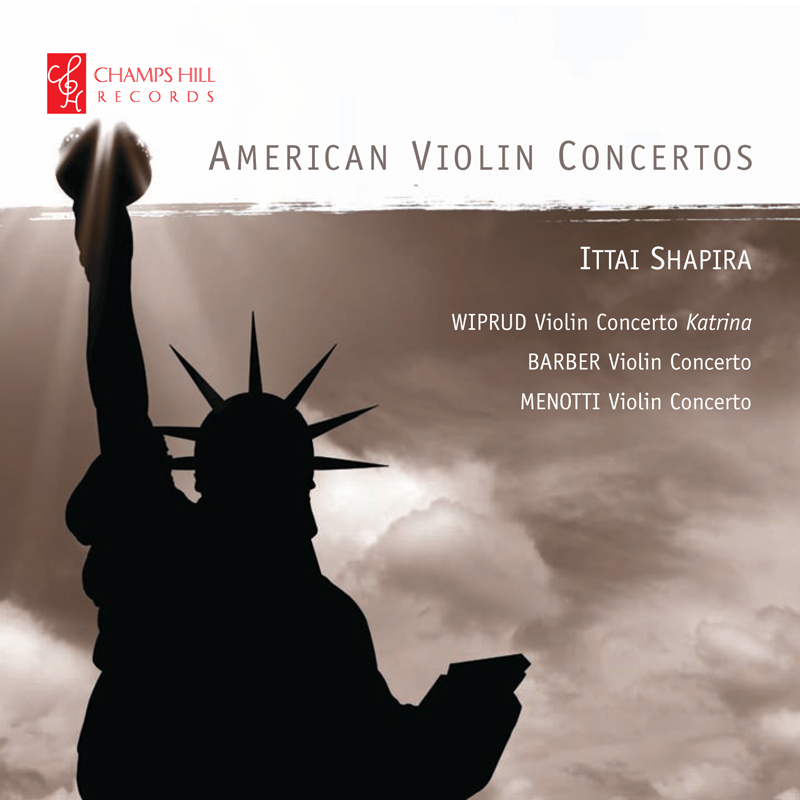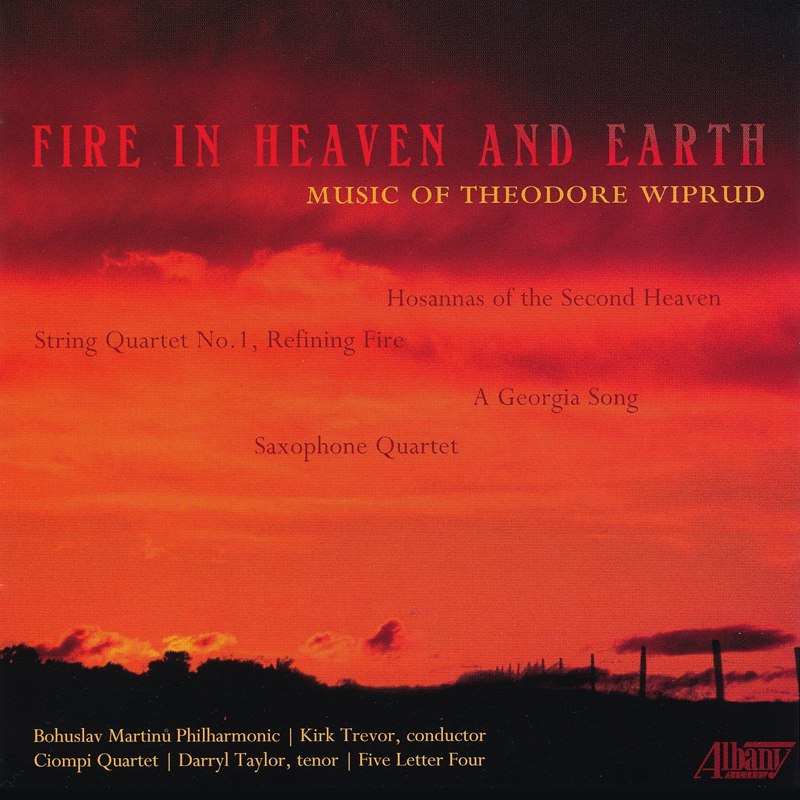A set of twelve preludes and fugues composed during the COVID 19 Pandemic in homage to Bach’s The Well-Tempered Clavier.
piano solo / 50 min.
Click here to hear the composer introduce and perform all 24 pieces on YouTube.
Program Note
During the shutdown of all community and cultural activity due to the COVID-19 Pandemic, in t he spring of 2020, I turned even more fervently than usual to the inspiring preludes and fugues of JS Bach’s The Well-Tempered Clavier. The two books present an inexhaustible wealth of beauty, catharsis, uplift, and technical achievement, all of which I can experience through my own two hands at the keyboard. Playing through these gems became my daily bread. With all projects on hold, the humbling thought occurred to me to devote my quarantine to channeling Bach’s forms into my own music. This proved both therapeutic and challenging in the best ways. I completed six pairs in a couple of months; and then a year later, after completing two larger works, a “Book 2” of six more pairs. The total of twelve is resonant for me, amounting to one half of one book of The Well-Tempered Clavier.
In the first six pairs, rather than proceeding through major and minor keys, as Bach did, I devote each pair to exploring the possibilities of a particular tonality. The first prelude and fugue juxtapose two major scales, C and Ab, set side by side; the second pair leap into extreme chromaticism; the third pair revel in quartal melody and harmony (built on the interval of a fourth); the fourth pair find hidden expression in octatonic scales; the fifth use a cute and quirky mode of my own invention; and the sixth looks at the classical minor mode as though through a kaleidoscope.
In the latter six pairs, I explore different styles of keyboard writing. Number seven flashes with rapidly alternating hands; eight is simple melody with a stripped-down accompaniment; nine is percussive, while ten offers washes of color; eleven is highly contrapuntal (the prelude is a large canon, and the double fugue features a retrograde subject), while the final pair close out on a relaxed homophonic note.
Each fugue responds in some way to its prelude, so that they should ideally be performed together. As I have strived for variety, no two pieces are much alike; the set ranges from light-hearted to dead-serious, as does one’s mood in quarantine. They may be played as individual pairs or as a group in any order a performer chooses.





